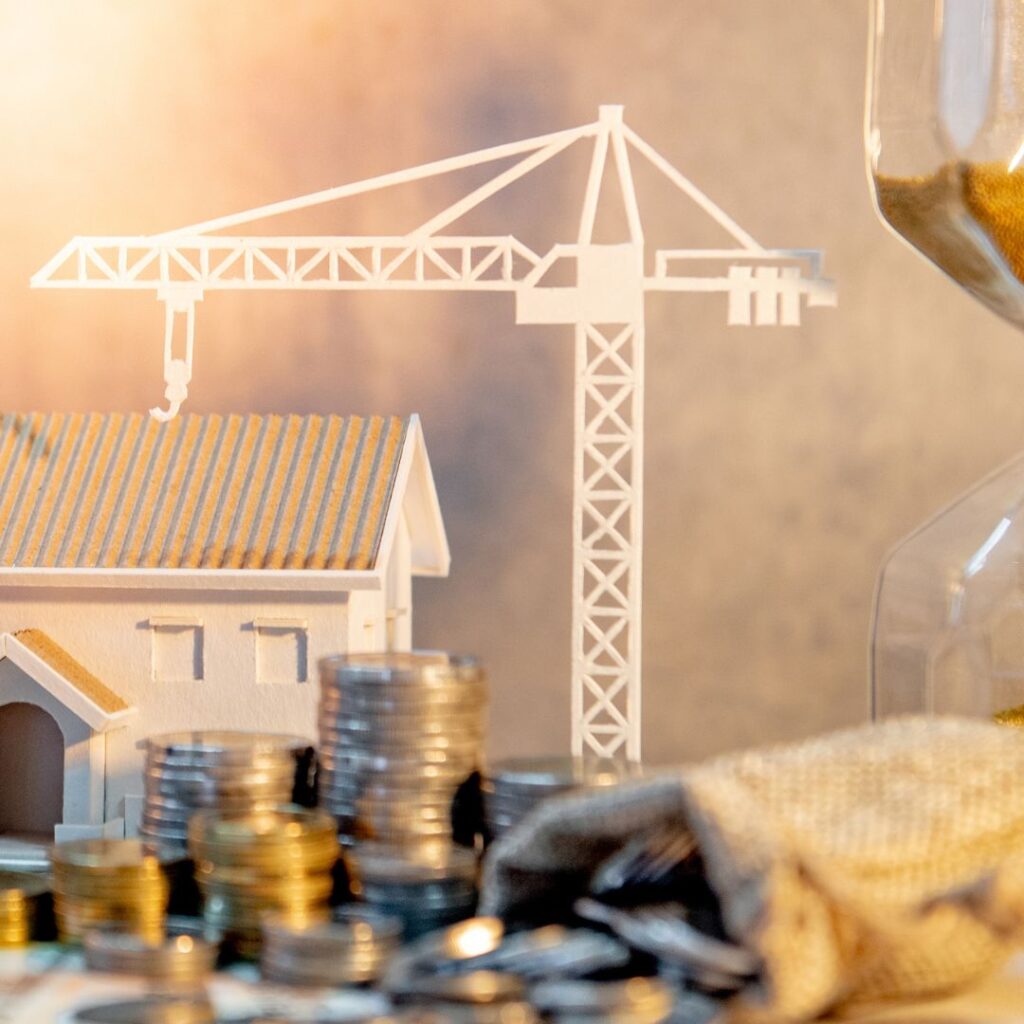Dallas’ New Attractions: What They Mean for Real Estate Prices
The Dallas-Fort Worth metroplex has been experiencing a development renaissance, with new attractions and amenities sprouting across the city at an unprecedented pace. From entertainment venues to cultural institutions, these additions aren’t just changing the city’s skyline—they’re transforming its real estate landscape. As Dallas continues to attract newcomers and businesses alike, understanding how these developments affect property values becomes increasingly important for investors, homeowners, and prospective buyers.
The Ripple Effect of Major Attractions
Major attractions serve as economic anchors that can dramatically boost surrounding property values. The “halo effect” of these developments often extends well beyond their immediate vicinity, creating ripples throughout entire neighborhoods and districts.
Entertainment Districts: The PrizePlex Impact
One of the most significant recent additions to Dallas’ entertainment scene is the PrizePlex, a massive multi-purpose venue in the Design District that combines sports facilities, concert spaces, and interactive entertainment. Since breaking ground in 2023, properties within a one-mile radius have seen average appreciation rates 7% higher than the city-wide average.
Real estate agent Marcus Chen notes, “What we’re seeing with PrizePlex isn’t just higher prices—it’s faster sales. Properties that would typically sit on the market for 45 days are now moving in under two weeks.”
Cultural Institutions: The Modern Art Extension
The Dallas Museum of Art’s new Modern Art Extension, scheduled to fully open by the end of 2025, has already begun influencing property values in the Arts District and beyond. Luxury condominiums adjacent to the museum have reported a 12% premium compared to similar units in other downtown locations.
“Cultural amenities create a distinct identity for neighborhoods,” explains urban planner Sofia Reyes. “People are willing to pay more to live in areas with rich cultural offerings, especially when they’re within walking distance.”
Neighborhood Transformations
Different neighborhoods across Dallas are experiencing varying degrees of price appreciation based on their proximity to new developments and the types of attractions being built.
Trinity River Corridor: From Overlooked to Sought-After
The ongoing Trinity River Project has transformed previously overlooked areas into some of the city’s most promising real estate opportunities. The addition of parks, trails, and recreational spaces along the river has led to a 15-20% increase in residential property values in adjacent neighborhoods like West Dallas and The Cedars.
“Five years ago, these areas weren’t even on most buyers’ radar,” says real estate developer Jamal Washington. “Now we’re seeing bidding wars for properties with river views or easy access to the new trail system.”
Transportation Hubs and Mixed-Use Developments
The expansion of Dallas’ public transportation system, including the new Silver Line connecting to DFW Airport, has created hot spots of development around station areas. Properties within a quarter-mile of new stations have appreciated at nearly double the rate of those just a mile away.
The mixed-use Victory Park expansion, combining retail, office, and residential spaces, exemplifies how integrated developments can create self-sustaining ecosystems that maintain strong property values even during broader market downturns.
Investment Opportunities and Risks
While new attractions generally boost property values, savvy investors understand that timing and location specifics matter enormously.
Early-Stage vs. Mature Development Areas
Properties in neighborhoods where attractions are merely planned or in early construction phases often present the greatest upside potential. However, they also carry higher risk if projects face delays or cancellations.
“The real opportunity is identifying areas at the inflection point—where development is certain enough to happen but hasn’t yet been fully priced into the market,” advises investment consultant Aisha Rodriguez.
Over-Saturation Concerns
Some areas of Dallas face potential over-saturation of certain amenities. North Dallas, for instance, has seen a proliferation of high-end shopping centers that may be approaching market capacity, potentially limiting future appreciation related to retail developments.
Implications for Different Market Segments
The impact of new attractions varies significantly across different property types and price points.
Luxury Market: Immediate Premium
Luxury properties tend to see immediate price benefits from proximity to cultural and entertainment venues. The new Dallas Symphony Center has already driven 15-20% premiums for high-end condominiums with direct views or access.
Mid-Market: Gradual Appreciation
Middle-market properties typically experience more gradual but sustainable appreciation. Neighborhoods like Lake Highlands, which now benefit from improved connectivity to new attractions via expanded transit options, have seen steady 5-8% annual appreciation rates above the metro average.
Rental Markets: Yield Compression
Investment properties near new attractions often experience yield compression as purchase prices rise faster than rents. However, they typically benefit from lower vacancy rates and higher-quality tenants.
Future Outlook and Recommendations
Looking ahead, several factors will likely influence how new attractions impact Dallas real estate prices:
Sustainable Development Focus
The increasing emphasis on sustainable and walkable communities suggests that developments incorporating green spaces and pedestrian-friendly designs will command growing premiums.
Work-from-Home Considerations
With flexible work arrangements becoming permanent for many, proximity to amenities rather than employment centers continues to drive housing decisions. This shift benefits areas with diverse attractions that enhance quality of life.
Infrastructure Investment
The city’s commitment to infrastructure improvements around new attractions will play a crucial role in determining their long-term impact on property values.
Conclusion
Dallas’ new attractions are fundamentally reshaping its real estate landscape, creating both opportunities and challenges for market participants. While property values generally benefit from proximity to these developments, the specific impacts vary widely based on neighborhood characteristics, property types, and development timelines.
For homebuyers, investors, and current owners alike, staying informed about planned and ongoing developments becomes increasingly important in making sound real estate decisions. As Dallas continues to evolve, those who understand the relationship between attractions and property values will be best positioned to benefit from the city’s dynamic growth.


